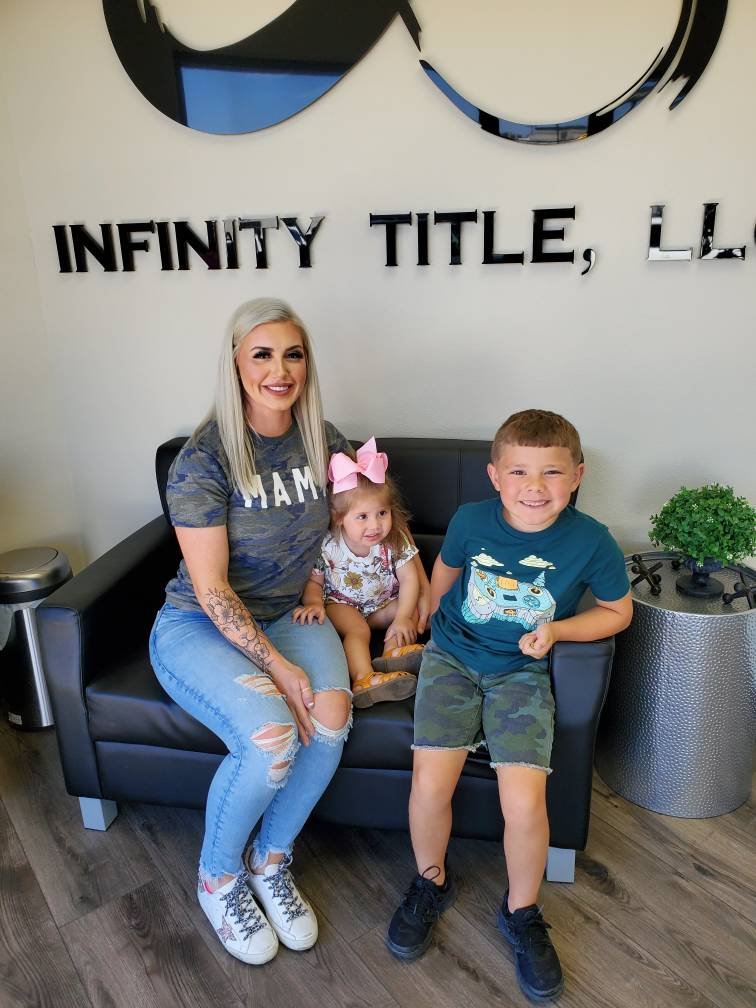Navigating the labyrinth of mortgage interest rates can be overwhelming, particularly for first-time homebuyers. Yet, grasping these rates is crucial for making informed decisions about one of life’s most significant financial commitments. In this comprehensive guide, we’ll delve into the essentials of mortgage interest rates, elucidating concepts like float and locked rates, interest rate versus APR, and the distinctions between fixed and adjustable rates.
Understanding Mortgage Interest Rates
At its core, a mortgage interest rate represents the rate at which a lender charges interest on the money you borrow to purchase a home. It serves as the cost of borrowing, expressed as a percentage of the total loan amount. This rate dictates your monthly mortgage payment and the total interest paid over the loan’s lifespan.
Example: For instance, consider a $100,000 loan with a 5% interest rate. This translates to an annual payment of $5,000. Understanding your interest rate is fundamental, but determining it isn’t as straightforward as asking, “What are interest rates right now?” Various factors influence rates, making them specific not only to prevailing market conditions but also to individual circumstances and property types.
Factors Influencing Mortgage Interest Rates
- Economic Conditions: The state of the economy, encompassing inflation, unemployment rates, and economic growth, significantly impacts mortgage rates. Instability in any of these factors can trigger rate fluctuations.
- Federal Reserve Policies: Decisions made by the Federal Reserve, such as adjusting the federal funds rate or implementing quantitative easing, directly influence mortgage rates.
- Credit Score & Debt-to-Income Ratio: Your credit score and debt-to-income ratio are crucial determinants of the interest rate offered. Higher credit scores typically yield lower rates, reflecting lower risk for lenders.
- Loan Term: The loan term, or the repayment period, also affects the interest rate. Shorter-term loans generally have lower rates than longer-term ones.
- Down Payment & Loan Amount: The size of your down payment and loan amount can impact your interest rate. Larger down payments often result in lower rates, demonstrating financial stability to lenders.
- Property Type: Factors like property type and occupancy status influence the interest rate. Primary residences usually qualify for lower rates than second homes or investment properties.
Float Rate vs. Locked Rate
- Float Rate: Also known as floating or floating interest rate, it refers to an interest rate that isn’t yet locked in. Borrowers may choose to float their rate during the application process.
- Locked Rate: A locked rate, or rate lock, is an agreement between the borrower and lender to fix the interest rate for a specified period until the loan closes. This provides protection against potential rate increases during that period.
Interest Rate vs. APR
- Interest Rate: It’s the percentage of the loan amount charged as interest, determining your monthly payment and total interest paid over the loan term.
- Annual Percentage Rate (APR): A broader measure of borrowing costs, it includes the interest rate and other fees associated with the loan, offering a comprehensive understanding of the total cost.
Mortgage Discount Points
Mortgage discount points are upfront fees paid to the lender at closing in exchange for a lower interest rate. Each point typically costs 1% of the loan amount and can reduce the interest rate by a fraction of a percentage point. While paying points upfront can lower monthly payments and total interest paid, it’s essential to evaluate whether it aligns with your financial goals.
Importance of Strategy
Understanding mortgage interest rates isn’t solely about securing the lowest rate; it’s about implementing a strategic approach to minimize costs. Factors like amortization, payment strategy, and long-term financial objectives play pivotal roles in shaping the overall cost of homeownership.
Conclusion
Armed with this knowledge, you’re better equipped to navigate the realm of mortgage interest rates. As a loan officer, my aim is to empower you to make informed decisions about your mortgage. Whether you’re considering fixed or adjustable rates, floating or locking your rate, I’m here to guide you towards the mortgage solution that aligns with your financial aspirations. Together, we’ll embark on your homeownership journey with confidence and clarity.

Looking Ahead
Join us next week as we go into further detail about processing your loan, underwriting your loan and those next important steps taking us towards homeownership.
Please don’t forget to like, share, and subscribe to our channels for more valuable insights and guidance on your homeownership journey.






